#empress marie Louise
Explore tagged Tumblr posts
Text
Marie Louise’s reaction to Napoleon’s death
“I am just now in great uncertainty. The Gazette of Piedmont has announced in such a positive manner the death of the Emperor Napoleon, that it is hardly possible to doubt it any longer. I confess I was extremely startled at it, though I have never had any deep feelings of any kind for him. I cannot forget that he is the father of my son and that, far from behaving badly to me, as every one believes, he always showed me every consideration—the only thing one can look for in a political marriage. I was therefore very grieved at it and, though one should be glad that he has ended his unhappy life in a Christian manner, I could still have wished him many more years of happiness and life—provided that it was far away from me. In the uncertainty about it I have settled myself at Sala, not wishing to go to the theater till I know something positive. My health has become so frail that I have felt this shock.”
— Marie Louise’s letter to Countess Victoire (1821)
Source: Compiled by Charles A. Shriner, Wit, Wisdom and Foibles of the Great: Together With Numerous Anecdotes Illustrative of the Characters of People and Their Rulers
Marie Louise, deeply upset at not being informed of the news by her family in Vienna:
“I confess that what gave me most sorrow, in these circumstances, was that I had not had any official news, nor any private, friendly letter from Vienna—the only way by which such could reach me in safety. I confess that I expected more interest and affection on that side, and it gave me a cruel blow by showing me how little one can count on all one’s own people, and this grief can only be cured by time.”
Source: Edith E. Cuthell, An Imperial Victim: Marie Louise, Archduchess of Austria, Empress of the French, Duchess of Parma
#Marie Louise#Marie-Louise#napoleon#napoleon bonaparte#Napoleon’s death#napoleonic era#napoleonic#first french empire#french empire#19th century#history#the death of Napoleon#Charles A. Shriner#Edith E. Cuthell#Napoleon’s wives#Napoleon’s wife#empress Marie Louise
75 notes
·
View notes
Text
My assassination at Schonbrunn would have been less fatal than my marriage to Marie-Louise.
-Napoleon Bonaparte
#napoleon bonaparte#napoleon#bonaparte#Marie Louise#empress marie Louise#no love for Marie Louise#Napoleon and Marie Louise#quote#Napoleon quote#Napoleon said that
30 notes
·
View notes
Text
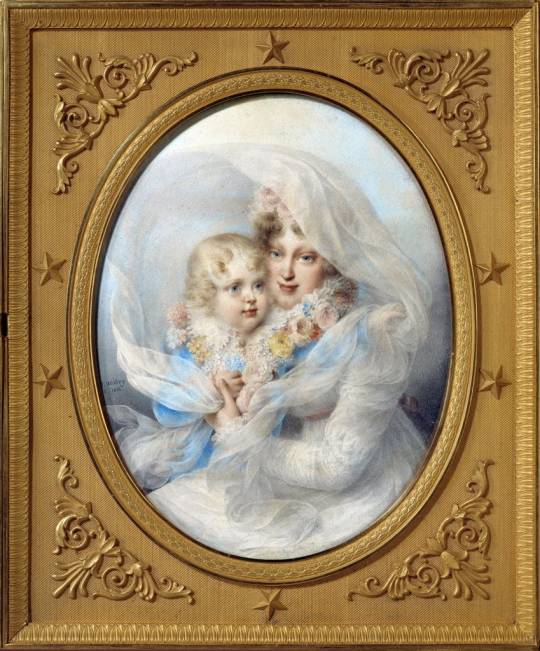
Portraits of the Empress Marie-Louise (1791-1847) and the King of Rome, Napoleon II, Duke of Reichstadt (1811-1832) son of the Emperor Napoleon I (1769-1821). By Jean-Baptiste Isabey.
#jean baptiste isabey#french empire#dynastie bonaparte#buonaparte#bonaparte#empress marie louise#napoleon ii#maison bonaparte
49 notes
·
View notes
Photo
One of Empress Marie-Louise's tiaras. Not my favourite, as I find its styling very heavy.

Empress Marie Louise of France’s Ears of Wheat Tiara
Find out more at Tiara Mania
201 notes
·
View notes
Text

Portrait of Marie-Louise of Austria, Wife of Napoleon and Empress of France
Artist: Robert Lefèvre (French, 1755–1830)
Date: 1812
Medium: Oil on Canvas
Collection: Museo Glauco Lombardi, Emilia Romagna, Italy
Marie Louise, Duchess of Parma
Marie Louise (12 December 1791 – 17 December 1847) was Duchess of Parma from 11 April 1814 until her death in 1847. She was Napoleon's second wife and as such Empress of the French and Queen of Italy from their marriage on 1 April 1810 until his abdication on 6 April 1814.
#portrait#painting#marie louise of austria#robert lefevre#french art#european#french culture#oil on canvas#duchess of parma#empress of the french#french monarchy#european royalty#queen of italy#19th century#blue gown#indoors#tiara#crown#pillow#table#chair#jewels#books
17 notes
·
View notes
Text

Napoleon on a hunt, by Carle Vernet.
Look at all those courageous folks, standing so close while Napoleon is firing... (though some people on the right seem to be hiding behind the trees - Masséna?)
#napoleon's court#secondary empress#marie louise#one of the guys standing close to Napoleon might be Berthier in his function as master of the hunt?#painting was probably owned by eugene de beauharnais#at least it was part of the painting collection of the leuchtenberg family in 1841
17 notes
·
View notes
Text

The Family of Franz I of Austria. By Bernhard von Guérard.
The painting depicts Emperor Franz I. (1768-1835) with his third wife Maria Ludovica (1787-1816), who married in 1808 and their eight children: to the right, at the back seven-year-old Marie Luise (1791-1847), later Empress of the French, with her sister the seven-year-old Karolina Ferdinanda (1801-1832), later Queen of Saxony, and her brother the fifteen-year-old heir to the throne, Ferdinand (1793-1875), later Emperor Ferdinand I. To the left in the picture is seated the four-year-old Maria Anna (1804-1858), holding out her hand to her brother Franz Karl (1802-1878), who is two years older than her, and will be the father of Emperor Franz Joseph. At the back, the two girls embracing are Maria Klementina (1798-1881) at the age of ten and Leopoldine (1797-1826), later Empress of Brazil, who is a year older. On the lap of the Empress is the three-year-old Johann Nepomuk (1805-1809).
#bernhard von guérard#family portrait#kaisertum österreich#haus habsburg lothringen#bernhard von guerard#emperor franz i of austria#kaiser#kaiserin#empress maria ludovica#karolina ferdinanda of austria#archduchess#erzherzogin#archduke#erzherzog#empress leopoldine of brazil#marie louise d'autriche#empress of the french#empire français#império do brasil
7 notes
·
View notes
Photo
Marie-Louise was still Empress when this was painted.
That is one huge baby, by the way. His head is even larger than hers!

1811, Marie Louise, Duchess of Parma with the sleeping King of Rome by Joseph Franque
235 notes
·
View notes
Text
𝙲𝚑𝚘𝚌𝚘𝚕𝚊𝚝𝚎 𝚌𝚊𝚛𝚍𝚜 𝚘𝚏 𝚁𝚘𝚢𝚊𝚕 𝚠𝚘𝚖𝚎𝚗 👑✨🍫
(𝙿𝚊𝚛𝚝 𝟸 𝚘𝚞𝚝 𝚘𝚏 𝟺)
~~~~~~~~~~~~~~~~~~~~~~~~~~~~~~~~~~~~~~~~~~~~~~~
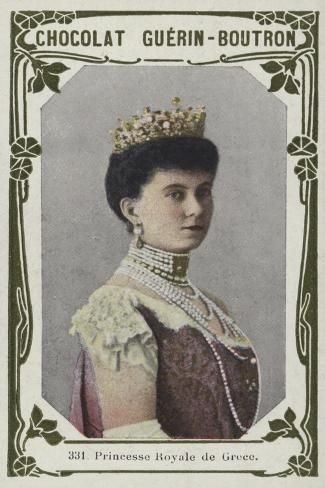
Queen Sophia of Greece, née Princess Sophia of Prussia.
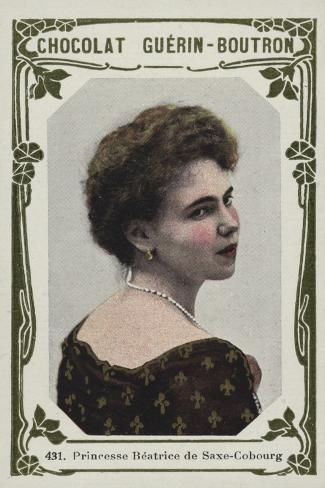
Princess Beatrice, Duchess of Galliera, née Princess Beatrice of Edinburgh.
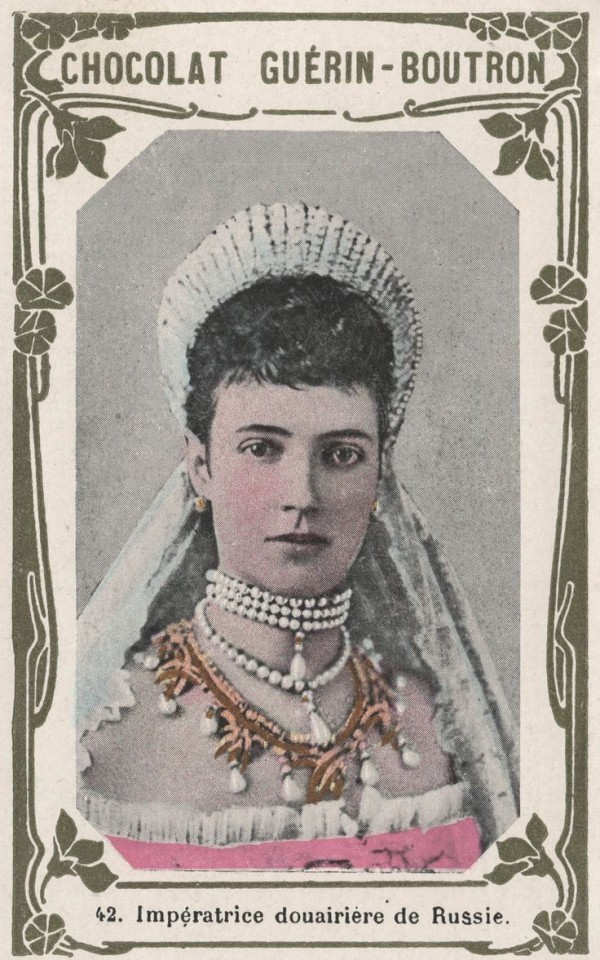
Empress Maria Feodorovna, née Princess Dagmar of Denmark.
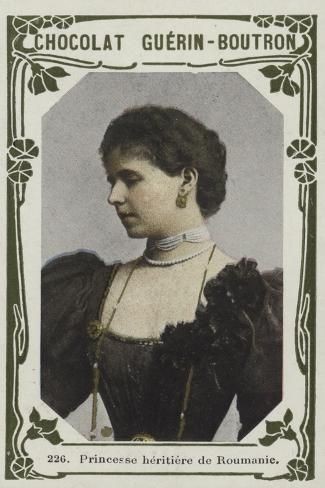
Queen Marie of Romania, née Princess Marie of Edinburgh.
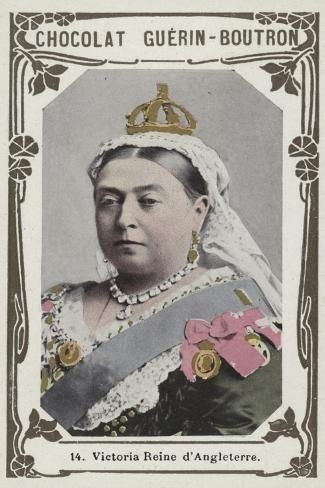
Queen Victoria, née Princess Alexandrina Victoria of Kent.
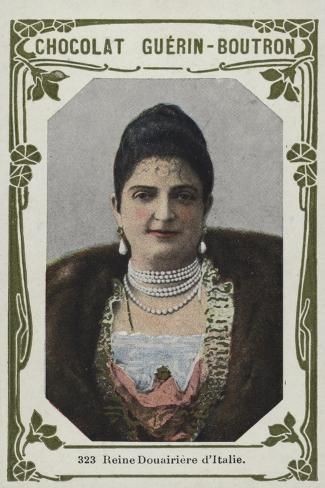
Queen Margherita of Italy, née Princess Margherita of Savoy.
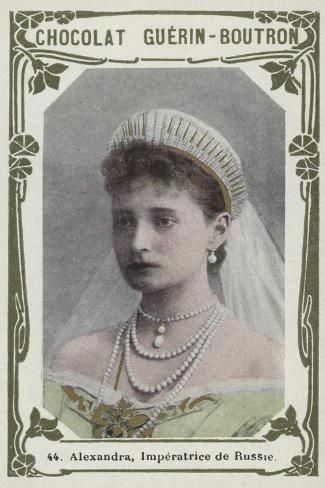
Empress Alexandra Feodorovna, née Princess Alix of Hesse.

Princess Louise of Schaumburg-Lippe, née Princess Louise of Denmark.
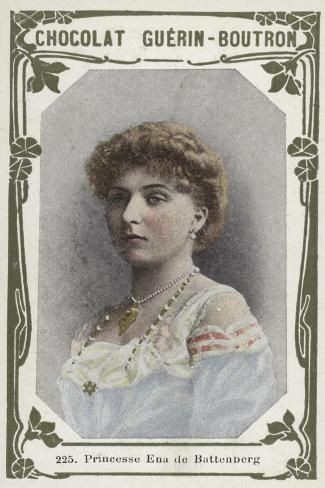
Queen Victoria Eugenie of Spain, née Princess Victoria Eugenie of Battenberg.
#queen sophia of greece#princess sophia of prussia#princess beatrice of edinburgh#duchess of galliera#empress maria feodorovna#dagmar of denmark#queen marie of romania#princess marie of edinburgh#queen victoria#queen margherita of italy#margherita of savoy#empress alexandra feodorovna#alix of hesse#princess louise of denmark#princess louise of schaumburg-lippe#queen victoria eugenie of spain#princess victoria eugenie of battenberg#chocolate cards
25 notes
·
View notes
Text



Mavie Hörbiger as Marie Louise in Napoléon (2002)
#Mavie Hörbiger#Marie Louise#Napoleon#napoleon bonaparte#napoleonic era#napoleonic#first french empire#french empire#Napoleon tv series#Napoleon (2002)#napoléon (2002)#Marie-Louise#empress marie louise#19th century#empire style#empire#historical fashion#fashion history#history of fashion#miniseries
74 notes
·
View notes
Text
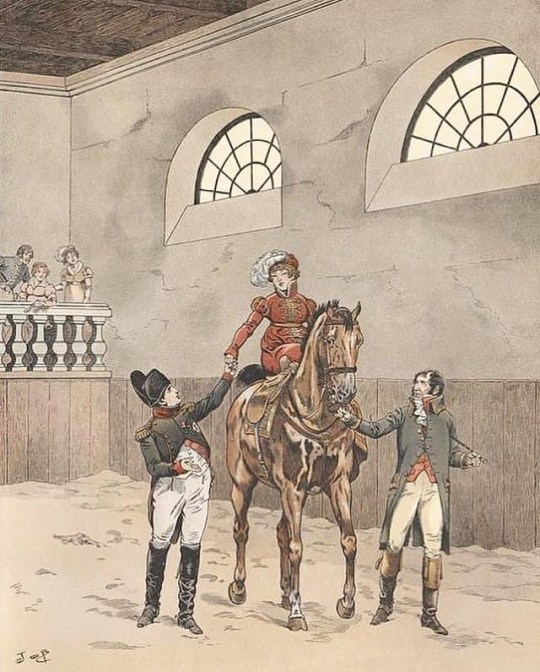
When you have to pick up your horse from valet parking.
#napoleon bonaparte#napoleon#bonaparte#emperor napoleon#horse valet#valet parking#Marie Louise#empress marie Louise#Napoleon and Marie Louise#Napoleon did a thing#that time
42 notes
·
View notes
Photo
I can't help but think the ghost of Marie-Antoinette, Marie-Louise's own aunt, must have haunted that feast, most especially at the Hameau. And Marie-Louise married to a friend of Augustin Robespierre's!

Detail from a painting of a feast held for Empress Marie-Louise of France, given at the Queen’s Hamlet on August 25th, 1811. Attributed to Louis Gadbois.
Napoleon and Marie-Louise are depicted at the bottom-center of the painting.
102 notes
·
View notes
Text

Empress Marie Louise of the French, Jean-Baptiste Paulin Guérin
17 notes
·
View notes
Text

“If I could invite any three royals, living or dead, to dinner, I'd invite Joséphine de Beauharnais, Archduke Franz Ferdinand and Sophie, Duchess of Hohenberg. I'd just say to Franz and Sophie "So, you two dislike Alfred, 2nd Prince of Montenuovo. He was a grandson of," here I'd take a dramatic pause and turn to Joséphine, "Marie Louise of Parma. Discuss." And then enjoy the chaos and Alfred-bashing, lol.” - Submitted by Anonymous
14 notes
·
View notes
Text
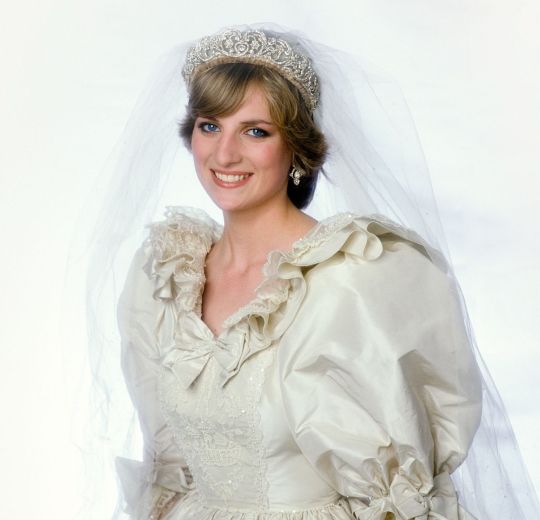
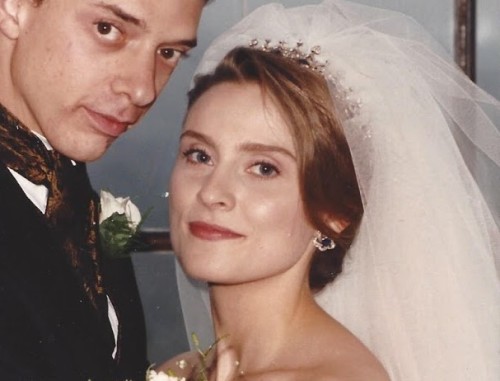

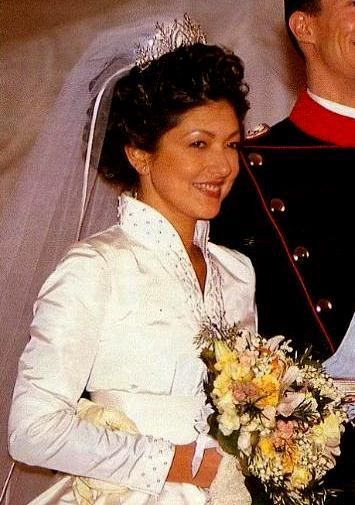
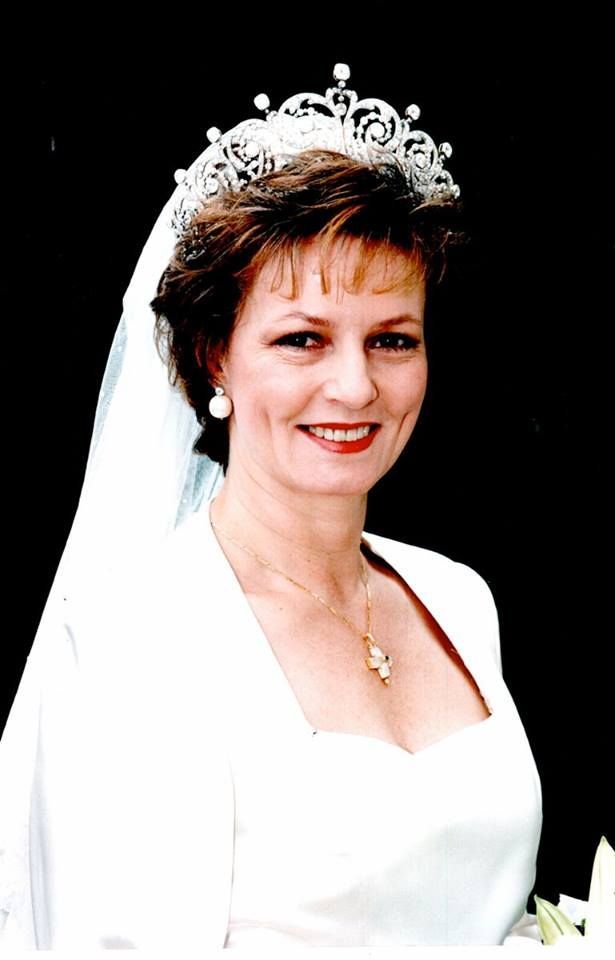

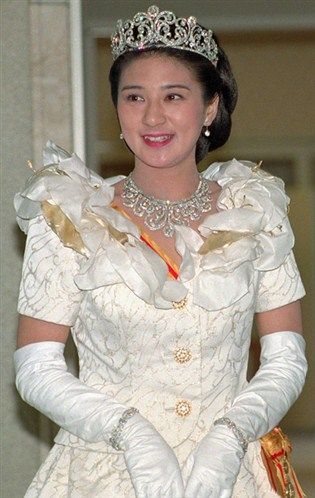

My 18 favorite royal wedding tiaras in no specific order, part 1.
#princess diana#diana princess of wales#princess of wales#andrea julie kershaw#queen anne marie#countess alexandra of frederiksborg#countess of frederiksborg#crown princess margareta#princess martha louise#empress masako#baroness sybilla#royal jewels#jewels#royal tiaras#royal weddings
12 notes
·
View notes
Photo
It was a breech birth. Even those who can't stand Marie-Louise have to feel some sympathy here.






“The child was wrongly placed in the womb, Dubois said; the infant would have to be delivered ‘by irons’; in such an operation it might become a question of having to choose between the mother’s life or the child’s. Napoleon’s response was as resolute as in battle: “Save the mother; it is her right; we can have another child.”
Corvisart returned, and at half-past seven on Wednesday morning the doctors began the agonizing operation; mercifully the Empress at last drifted into unconsciousness. The child was delivered by forceps at eight o’clock but for seven minutes gave no sign of life whatsoever. Then there came the lusty cry for which everyone was waiting. By ten minutes past eight Napoleon realized he had a son; and the mother whose survival he had insisted must be the doctors’ first priority was once again conscious. Cambaceres, as official witness of state, issued a certificate of birth, confirming the boy would be known by the names “Napoleon Francis Joseph Charles.”
Napoleon & Marie Louise, The Emperor’s Second Wife - Alan Palmer
115 notes
·
View notes